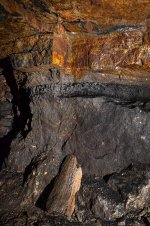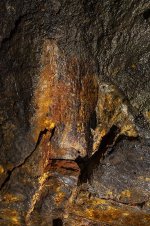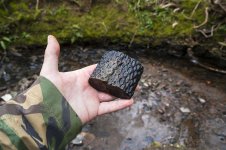The Old Ruminator
Well-known member
This from the dig in Vurley. Looks like eroded limestone sticking out of a tree trunk. Not a clue really. Any ideas? Do you even get tree fossils in limestone ?
 Oddity. Vurley by Nicholas Chipchase, on Flickr
Oddity. Vurley by Nicholas Chipchase, on Flickr
 Oddity. Vurley by Nicholas Chipchase, on Flickr
Oddity. Vurley by Nicholas Chipchase, on Flickr








